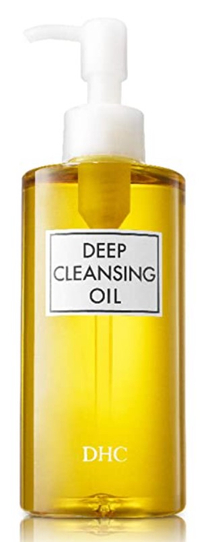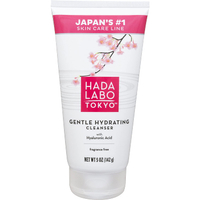Japanese skincare and beauty secrets: the best products and tips for glowing, supple skin
Would your skin do better with a Japanese skincare routine? Get the best products and techniques for your most radiant skin yet
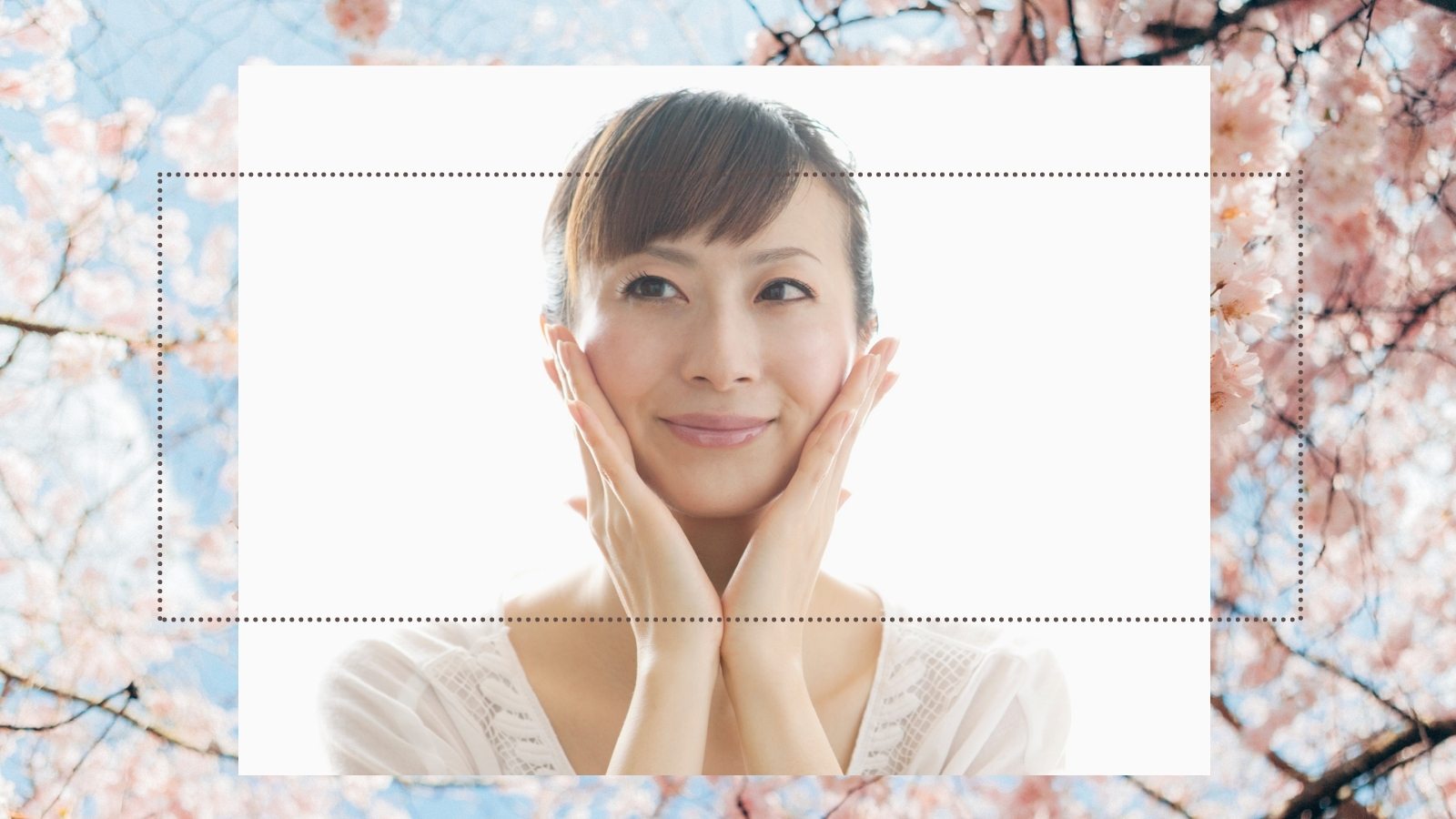
Over the last decade, Japanese skincare has made its way more and more into everyday Western regimens. With a focus on a multi-step routine, lighter formulations (essences, "lotions"), and an emphasis on a gentle, layered approach to hydration, J-Beauty has long taken the world by storm. These are only some of the hallmarks of their particular take on skincare, however, that a lot of us may already be familiar with in our own routines.
What makes it different from the rest? To find out what makes Japanese skincare secrets so effective, as well as how they vary from typical Western practices, woman&home spoke with Elizabeth McCarron and Kat Buckley, skincare experts and members of The Skin Collaborative. They offer insight on how to incorporate these practices into your routine, as well as why exactly a Japanese skincare approach sets itself apart from the rest.
What goes into a Japanese skincare routine?
According to Elizabeth, the Japanese skincare approach is all about caring for the skin as a whole, like the vital organ that it is—whereas the Western approach focuses on correcting a certain skin problem, like redness, oily skin, or rosacea. The Japanese “prioritize recreating the ideal conditions for its function, for example, by regulating the electrolytes in and out of the cell, making sure amino acids, microelements, or vitamin deficiencies are corrected in the first place,” Elizabeth says. “And only then will they address ‘local’ problems, such as pigmentation or acne,” she adds.
Kat agrees: “Japanese skincare takes on a luxurious but rather more simple approach to your skin, focusing on cleansing oils, gentle exfoliation, and lightweight essences to hydrate and nourish.”
Japanese skincare: beauty secrets and techniques
Japanese skincare ingredients
Elizabeth points out that Japanese skincare is often a unique and happy marriage between both high-tech ingredients and natural, soothing botanicals. Botanicals are often “exposed to a fermentation process that would allow enhancing of the qualities of the ingredients to improve bioavailability,” she says. Among the traditional Japanese ingredients would be the following, which you’ll find in many Japanese skincare products on the market today. These ingredients are known for being rich in antioxidants and supporting the skin’s function and collagen production, says Kat.
- Kudzu root: an Asian botanical herb known for its healing and anti-microbial properties; used for skin detoxification, purification, and to encourage an even skin tone
- Cordyceps: a rare, expensive mushroom (fungus) known in Asian medicinal circles for its powerful anti-oxidant and anti-inflammatory properties that fight premature aging and reduce free radical damage; has polysaccharides that improve and repair the skin barrier
- Reishi: another mushroom used in Chinese and Japanese medicine for its anti-oxidant and anti-inflammatory benefits; helps the body synthesize ceramides for more optimum hydration and balanced skin reactivity
- Chlorella (and other algae): contains omega-3 fatty acids that fight inflammation; stimulates collagen and helps prevent wrinkles
- Rice bran: an anti-oxidant used for centuries in Asia to soothe, purify, and soften skin while reducing the appearance of pores and fine lines and fade dark spots; rich in vitamin B and vitamin E to help fight against hyperpigmentation and acne
- Plum, cherry, and Medlar fruit and flower extracts: anti-oxidants, rich sources of vitamin C
Japanese skincare secrets
- Double cleansing: We may already be double cleansing, but did you know it’s a practice originally rooted in traditional Japanese skincare methods? “Double cleansing is widely used in Asia because of the climate, the typical combination skin type, and because sunscreen is used on a daily basis,” Elizabeth says. “With the first balm cleanser, all the dirt, dust, makeup are ‘lifted’ to later be gently washed off with the second cleanser. Such an approach allows for a deep yet gentle cleansing process and greatly reduces the appearance of comedones.”
- Double moisturizing: Another technique is double moisturizing, which is far less prevalent in the Western world than double-cleansing. “Double moisturizing is lesser-known,” says Kat. “The use of a hydrating, lightweight essence or tonic (first step) is used to enable effective penetration of serums, and then sealed in with a luxurious, hydrating moisturizer (second step), which tends to be more personalized to your skin in a similar fashion to Western skincare,” she explains.
Best Japanese skincare products
DHC Deep Cleansing Oil
Using an oil as a cleanser originated from Japanese skincare culture and dates back to 1967. This should be the first step of your double cleansing routine. Use an oil cleanser to remove sunscreen, makeup, dirt, and impurities, and follow up with a foaming cleanser to ensure a thorough wash.
Hada Labo Tokyo Gentle Hydrating Cleanser
This cleanser from this beloved Japanese drugstore brand is unscented and infused with super hyaluronic acid, which the brand says is twice as hydrating as regular hyaluronic acid. It’s even good for sensitive skin, as it’s free of alcohol, fragrances, sulfates, parabens, and dyes.
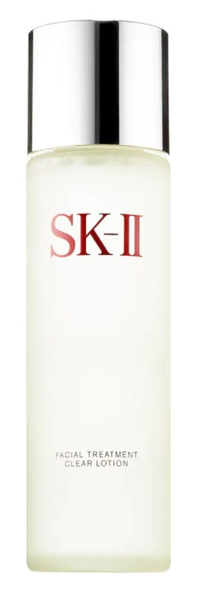
SK-II Facial Treatment Clear Lotion
In Japanese skincare, “lotions” are typically watery skin conditioners and act as mega-hydrators to soften and plump skin. This toner by SK-II does just that and is good for all skin types.

Forlle'd Hyalogy P Effect Refining Lotion
“We love Forlle’d because it’s one of the very few Japanese brands that actually has published scientific research about all of its technology, efficiency, and results,” says Elizabeth.
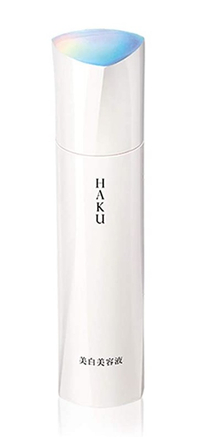
Shiseido Haku Melano Focus Serum
Asians are prone to hyperpigmentation as they age, and as such, go to great lengths to prevent it with sun care and powerful spot inhibitors. This best-seller from Shiseido suppresses melanin generation for clearer, brighter, more radiant skin.
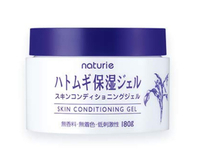
Naturie Hatomugi Skin Conditioning Gel
Japan's hot and humid summers have paved the way for lightweight, gel-based moisturizers that can be layered comfortably between a lotion, serum, and sunscreen. This is a winning, superbly hydrating pick that's also great for acne-prone skin.

Bioré UV Aqua Rich Watery Essence SPF 50+ PA ++++
When it comes to sunscreen, forget all others and pick up this beauty staple in J-Beauty sun protection. From the non-sticky, watery feel that settles nicely under makeup to the high SPF made for either beach or city stressors, this waterproof formula is a cult pick for good reason (did we mention it also has hyaluronic acid?).
Best Japanese skincare brands
A mix of elegant heritage practices and cutting-edge innovation, J-Beauty brands are known for their holistic approach steeped in tradition, while maintaining a healthy respect for new technology. A true blending of East and West, many Japanese skincare brands have risen to iconic status within the industry, becoming cult faves and must-haves amongst those in the know:
- Bioré ($5+): Owned by Kao Corporation, a Tokyo-headquartered personal care conglomerate that started in 1887 (!), pore strips were first introduced to the UK in 1998 and the brand has since been synonymous with pore care in the Western world. Japanese releases are more widespread though, with the brand gaining mainstream, even viral, success with their contemporary sun care offerings in Asian drugstores.
- Clé de Peau Beauté ($25++): A prestige brand under the ubiquitous Shiseido umbrella (it's name means "Key to Skin's Beauty" in French), it got its start in 1982 with prestigious—and, yes, prestigiously-priced—skincare (their famous La Crème starts at a whopping $550). Loyalists swear by their ingredients and payoff formulations though, of which their industry-fave concealer is no exception.
- Forlle'd ($60++): A high-end brand found in spas, salons, and medical clinics, it's a bit harder to come by their products stateside if not through third-party retailers and resellers. However, their commitment to cutting-edge technology and sophisticated, doctor-backed products, like in their best-selling anti-aging serums, makes the quest worth it.
- Hada Labo ($10+): Despite this drugstore darling being quite new to the frontlines (it was only introduced in Japan in 2004 after a hundred years of product development behind the scenes), its phenomenal Hada Labo ("Skin Lab") Goku-jyun Face Lotion has skyrocketed to the top of skincare sales charts, with one bottle sold every 2 seconds in Japan. Its secret? Super hyaluronic acid, a.k.a. the hero of its famously hydrating products.
- Koh Gen Do($20++): Born out of necessity, this botanical-forward brand was invented by revered Japanese actress Ai Saotome in 1986 as a solution to her studio makeup-stressed skin. Nowadays, makeup artists and fans alike thank her foresight, especially for their cleansing waters and foundations, which all espouse a skincare-first philosophy.
- Kosé ($25++): This 70-year-strong beauty umbrella handles a slew of personal care brands ranging in price points, but their star line Sekkisei, which centers around advanced skincare technologies, is what fans write home about. Japanese and Chinese herbal extracts form the core of their lines, which all aim to deliver radiant, "naked, translucent skin as clear as snow."
- Shiseido($20++): Founded in 1872 by naval pharmacist Arinobu Fukuhara, Shiseido is proudly one of, if not the oldest cosmetics companies in Japan (and the world). Everything from its ground-breaking smart makeup (their Synchro Skin foundations appear in many a beautyphile's list) to its heritage skincare and sun care lines has made waves globally, due to their constant product innovations and exceptional R&D.
- shu uemura($12++): "Beautiful makeup starts with beautiful skin"—visionary founder and makeup artist Shu Uemura certainly walked the walk too, as his cleansing oil, which launched in 1960, changed the way the world approached face-washing forever. Another household name is their beloved (and The Devil Wears Prada-flexed) eyelash curler, along with their unique Hard Product brow pencils and fun, modern, and pop culture-collaborative color palettes.
- SK-II($95++): Launched in the early 1980s as Max Factor's (now Procter & Gamble's) solution to premium Asian skincare, SK-II makes no qualms about being a targeted, high-end approach to beauty solutions. At the heart of the brand—and the reason for all the justified buzz—lies their proprietary skin-revolutionizing ingredient Pitera, which is highlighted to the fore in their star product, the much-coveted Facial Treatment Essence. What we enjoy in brightening and anti-aging, we owe only to the enterprising sake brewers and scientists who discovered this miraculous Asian yeast extract.
- THREE($30++): "Natural, honest, creative" and "mind, body, skin" are only two of the holistic-themed missives from the label named after the symbol of creation, deemed Japan's best-selling natural beauty brand. Expect plant-based ingredients and essential oils infused into their super-chic offerings, which pretty robustly extends to men's, lifestyle, home, and intimate care as well.
woman&home thanks Elizabeth McCarron and Kat Buckley of The Skin Collaborative for their time and expertise.
Sign up to our free daily email for the latest royal and entertainment news, interesting opinion, expert advice on styling and beauty trends, and no-nonsense guides to the health and wellness questions you want answered.
Brittany Leitner is an award winning journalist and poet whose work has been published in Palette Poetry, Bustle, Shape, Byrdie, and more. In 2019 her reporting received a Digital Health Award and poems from her book "23 Emotions" have won the Sequestrum new writer award. She has over eight years of experience working in print and digital media, and previously held senior editorial positions at Elite Daily and The Dr. Oz Show. She now specializes in health, beauty, and travel journalism. She studied magazine journalism at Syracuse University and currently lives in Brooklyn, New York.


